Plasma physics is the study of strong electromagnetic interactions among charged particles and study of phenomena evoked from them, such as energy transfer, motion of particles, and collective fluid, and wave behavior. Including innumerable stars in the night sky, most part of the visible universe is in the plasma state. Also, together with the Sun, the interior of Jupiter, and the discharge of Venus in our solar system, ionosphere, aurora, and lightning which are the natural phenomena in the Earth are in the plasma state. Even in semiconductor industry which forms the basic foundations of modern civilization, plasma processing is the core technique, and plasma bulbs are still lightening plenty of roads and buildings. Plasma physics has been used in various military technology, including nuclear weapons, missiles, satellites, and biochemical decontaminations, and has been studied as a core subject for the development of high-temperature nuclear fusion energy. Recently, the studies in bio-related technologies using radicals generated plentifully in plasma state are also actively proceeded.
In this vast field of the plasma physics, we are conducting following research.
The existence of high density plasma is also expected in the center of planets which have high pressures. In this state, since the potential energy does not small compared to kinetic energy of charged particles, there are huge density fluctuations. In our laboratory, we are studying on ionization procedure in gases or fluids at high-pressure, and energy transfers and particle motions accompanying with density fluctuation such as cluster formations and so forth. In addition, we are running parallel work with development of plasma processing related to steel and semiconductor industries using high-pressure plasma.
Accelerator Physics (Moses Chung)
Several large-scale accelerator facilities are operational or under construction in Korea, such as the 3rd Generation Synchrotron Light Source (PLS-II) and the X-ray Free Electron Laser (PAL-XFEL) in Pohang, the Korea Multi-purpose Accelerator Complex (KOMAC) in Gyeongju, the Rare Isotope Accelerator complex for ON-line experiments (RAON) in Daejeon, and the SNUH Gijang Cancer Center of Heavy Ion Therapy and Study (SGCC-HITS). Plus, a new 4th Generation Storage Ring (4GSR) is being constructed in Ochang. By using advanced beam physics models and simulation tools, cutting-edge beam diagnostics, and sophisticated beam manipulation/acceleration techniques, our research group contributes to the design, development, optimization, and improvement of those modern accelerators. Furthermore, we investigate transformational technologies for the next-generation high-intensity accelerators such as for the International Fusion Materials Irradiation Facility (IFMIF), Accelerator Driven System (ADS), and Heavy Ion Fusion (HIF). Applications of the accelerators to cancer therapy (e.g. FLASH), new materials research/drug discovery, and laboratory astrophysics will also be actively pursued.
Accelerator physics is a branch of applied physics, concerned with designing, building and operating particle accelerators. As such, it can be described as the study of motion, manipulation and observation of relativistic charged particle beams, and their interactions with accelerator structures and/or beams themselves by electromagnetic fields.



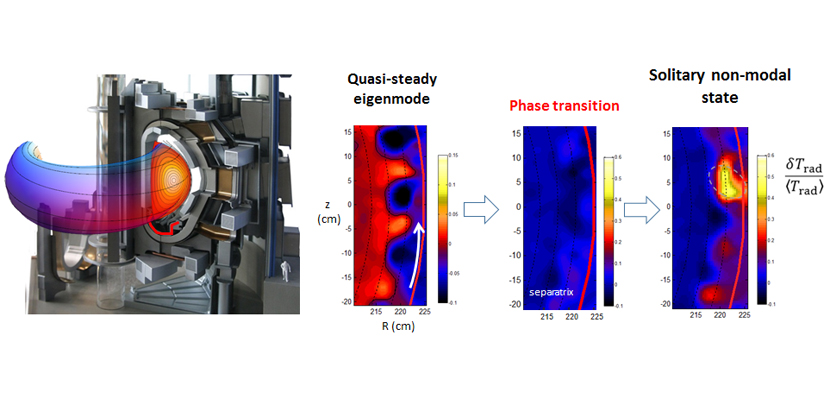
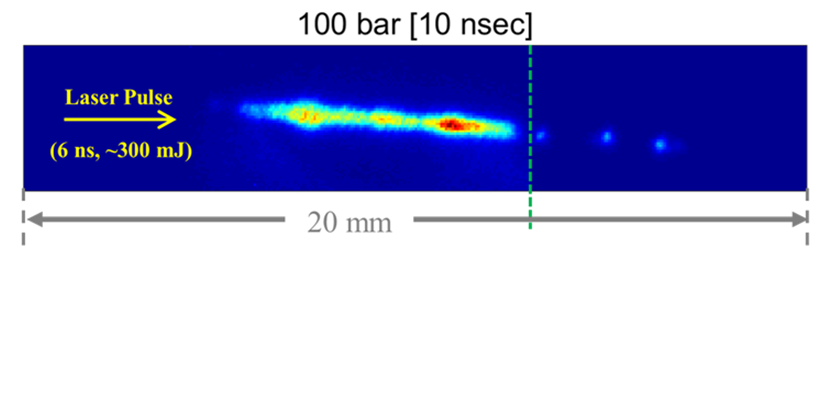

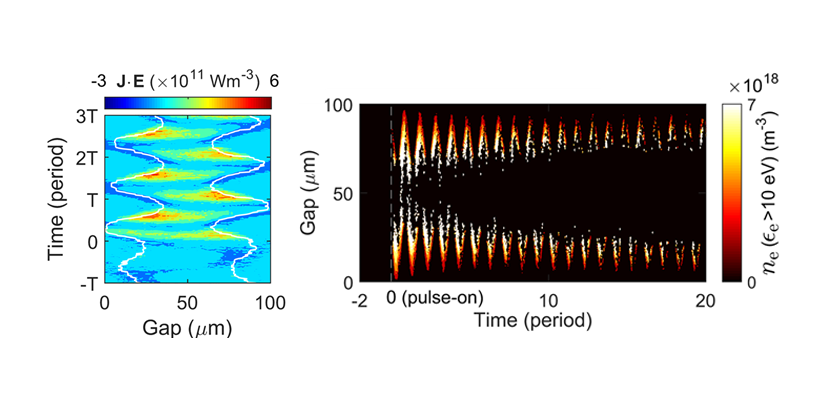
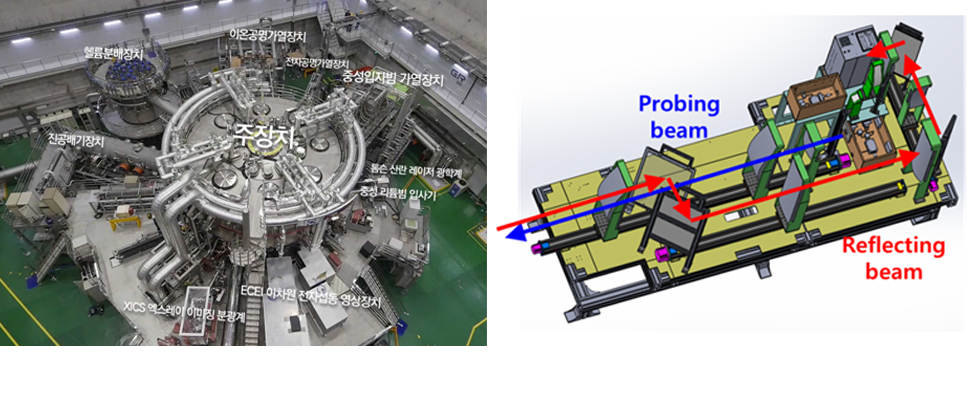
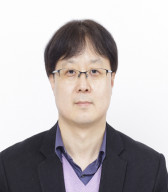
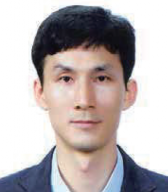
-2.gif)








 Login
Login


